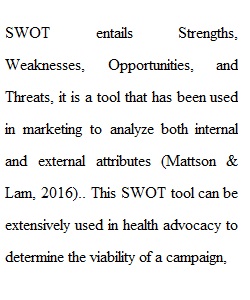


Q Policy textbook: Chapter 5 addresses the various ways health insurance is structured. This topic hits home for us because we all experience the challenges of having health insurance. The chapter explores the popular HMO (health maintenance organization) and the evolution of the Kaiser Permanente system. It also provides a historical overview of other types of HMOs and managed care organizations, leading up to the managed care revolution of the 1990s and managed competition. Question 1 (from Chapter 5). In a well-developed essay, 1) explain the social, economic, and political factors that shaped the HMO as we know it today. Draw from the textbook to support your answers. You can include your own experiences with the HMO or PPO on a professional or personal level. 2) Even though chapter 5 does not address behind-the-scenes advocacy, how could the advocacy model help the HMO and managed care survive? Cite pages numbers in the textbook that support your two points. Question due by Friday (midnight). Respond to two classmates by Saturday (midnight). Advocacy Reading on Blackboard 4-6: In the previous health advocacy readings, you learned about Systems Theory and its importance to advocacy work and health campaigns. You were also introduced to the Health Communication Advocacy Model—a diagram that illustrates each phase (and components) of a health campaign. The rest of the book is a detailed discussion of the model. Chapter 3 introduced Phase 1 (assemble teams). Chapter 4 (needs assessment) is a step before phase 2. Chapter 5 (formative research) and 6 (messaging process). In a well-developed essay, 1) explain how advocacy teams use SWOT to assess the needs and success of a campaign. 2) What are some of the strengths and weaknesses that teams encounter? 3) What is the difference between a patient advocate and a health advocacy team? 4) What obstacles do they face before getting to Phase 2? Cite pages numbers in the textbook that support your two points. Question due by Friday (midnight). Respond to two classmates by Saturday (midnight).
View Related Questions